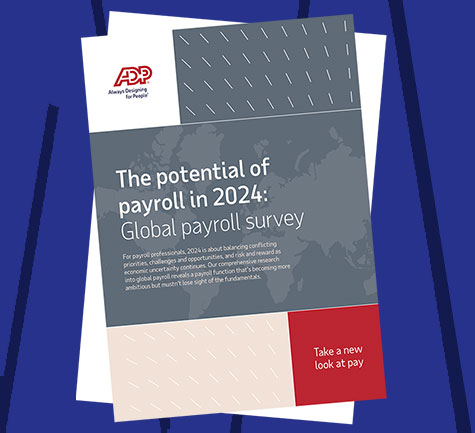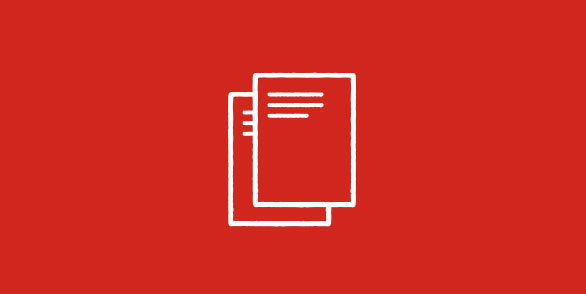In the complex world of business, employee remuneration is essential to get right – and easy to get wrong. A well-made payroll report makes everything simple, ensuring the workforce gets the clarity they deserve, and keeping you on the right side of labour laws and tax regulations. It also provides a vital financial snapshot, capturing essential details about wages, deductions, taxes and more.
Essentially, a payroll report is a document that employers use to verify their tax liabilities or cross-check financial data. It may include such information as pay rates, hours worked, overtime accrued, taxes withheld from wages, employer tax contributions, holiday balances and more.
It can help give a picture of where your business stands – and offer crucial information for future planning.
Table of Contents

Different types of payroll report
Payroll reports come in a variety of forms, each designed to fulfil specific purposes. Understanding the different types is crucial if you want to streamline your processes and maintain financial transparency.
- Payroll summary
What? – Summarises the total compensation paid to employees during a specific period.
Why? – Provides an overview of labour costs and aids in budgeting and financial planning. - Tax filings
What? – Contains information about taxes withheld from employees’ wages.
Why? – Ensures the business meets tax obligations and complies with regulations. - Year-to-Date Reports
What? – Displays cumulative payroll figures from the beginning of the fiscal year.
Why? – Offers insights into annual payroll trends and helps you make informed financial decisions. - Payroll Cost Analysis
What? – Breaks down payroll costs, including salaries, benefits, and taxes.
Why? – Facilitates cost control, budget adjustments and strategic decision-making.
How to use payroll reports to run your business
Payroll reports aren’t just about compliance. They can play a pivotal role in the management and growth of your business. When you understand the power of these reports, you can unleash their full potential.
- Make better decisions
Armed with valuable insights into workforce costs, you can make informed, data-driven decisions. - Make budgets and forecasts
By analysing payroll summaries and cost breakdowns, you can create accurate budgets and forecasts, which will promote financial stability. - Have happier people
When you communicate payroll information transparently to your workers, you foster trust and improve employee engagement. - Avoid risks
OK, we said it’s not just about compliance, but regularly reviewing tax filings helps you adhere to tax regulations and reduce the risk of penalties or legal issues.
Simplify your report by using payroll software
The emergence of payroll software has been a game-changer. Now every business can achieve efficiency and accuracy in its financial processes. A notable player in this field is ADP, offering automatic reports that simplify the complexities of payroll management.
- Automatic reports
ADP’s payroll software streamlines the production of payroll reports, ensuring accuracy and saving you valuable time. - Customisation and flexibility
With ADP’s software you can customise reports so they meet your specific needs, and allow you to present data in a way that suits you. - Efficient compliance
The automated features built into ADP’s software help you stay compliant with ever-changing labour and tax regulations.
What payroll reports do employers need to file?
The Auto-Inclusion Scheme (AIS) of the Inland Revenue Authority of Singapore (IRAS) is compulsory if a company has received the “Notice to File Employment Income of Employees Electronically” or employs 10 or more people. Designed to simplify the tax system, AIS makes it easier for employees to file their income tax returns, and applies to:
- Full and part-time resident employees
- Non-resident employees, including those based overseas and required to provide services in Singapore during the year
- Directors, including non-resident directors
- Board members receiving board or committee member fees
- Employees who have left the organisation, but have received income in the reporting year
- Salaried partners of a partnership or LLP
What payroll reports are due annually?
Each tax year, employers must submit:
- Form IR8A, which contains details of the employee's income and employment and should be communicated to all employees
- Form IR8S, if extra payments have been made to the Central Provident Funds, or if refunds have been received from the CPF Board
- Appendix 8A, for benefits in kind such as Housing and Accommodation Benefits, Car Benefits etc
Appendix 8B, covering employee stock options




